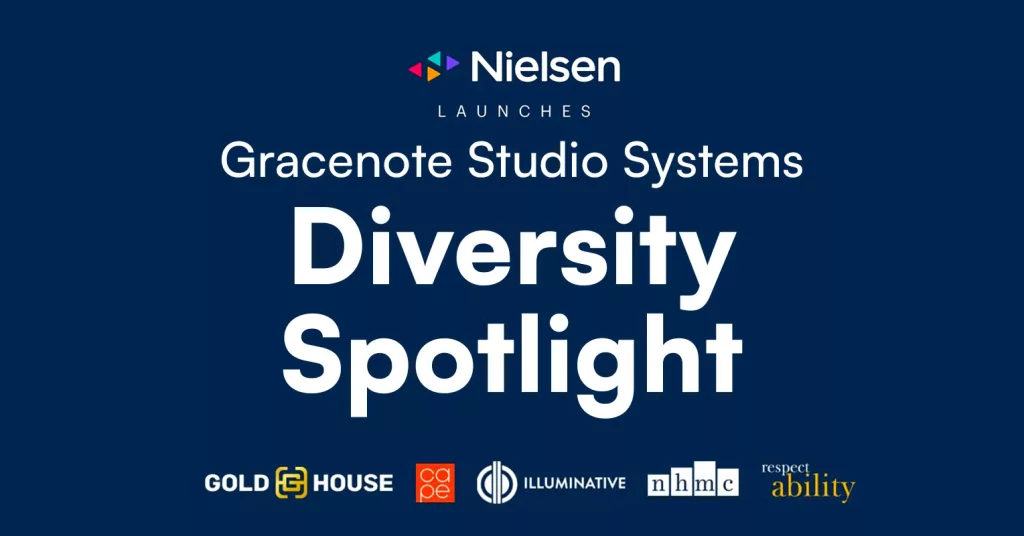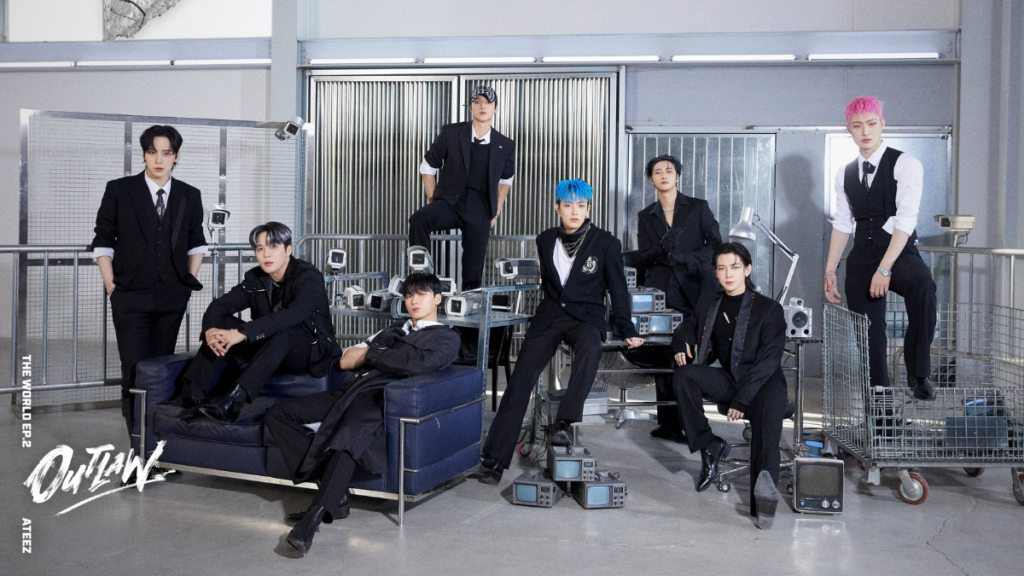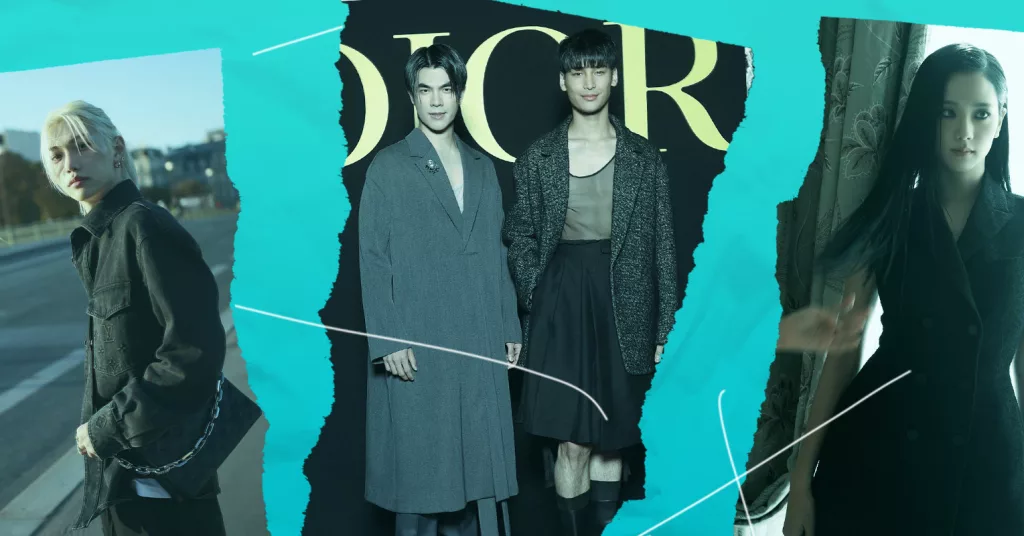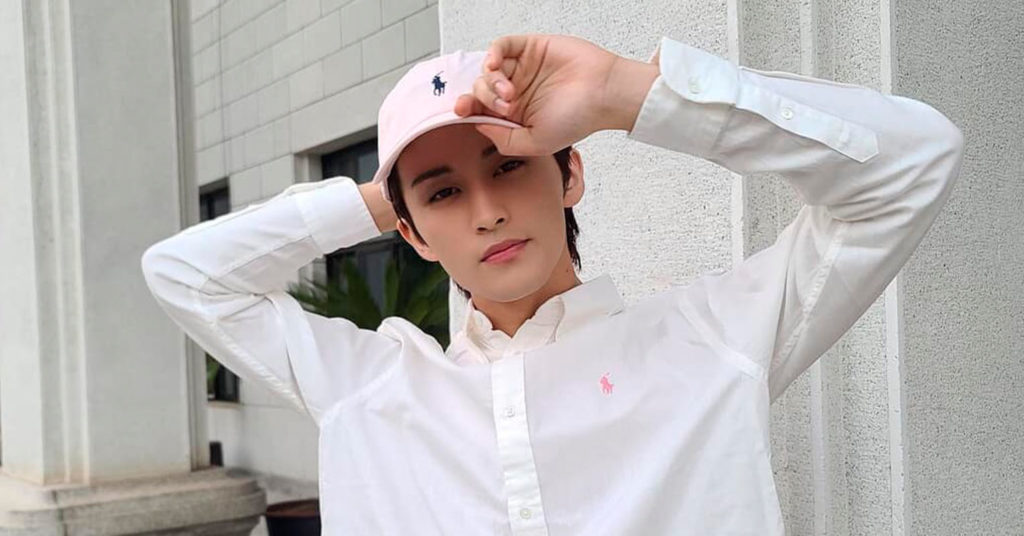Creative Spotlight: Ann Liang on Her New Romcom “I Hope This Doesn’t Find You”
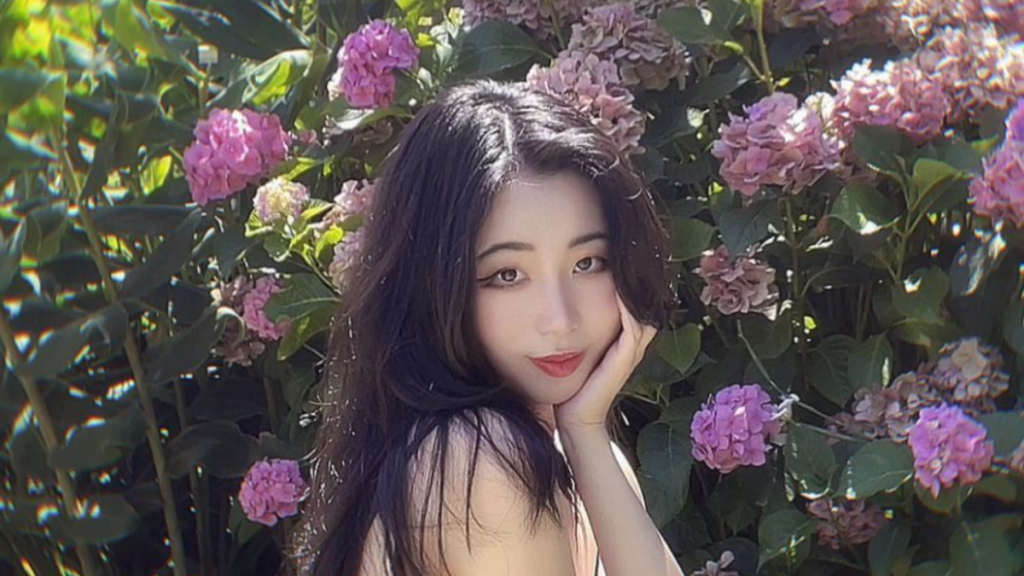
For many people, emails are an integral part of daily life. We receive emails from our bosses and coworkers, and we skim over yet another marketing blast that has landed in our inboxes. Emails have also inspired countless TikToks about how these emails are actually finding me to the unique sign offs crafted by Gen Z coworkers.
Emails: they can reveal — and hide — a lot about a person.
Enter Gen Z author Ann Liang and her newest romcom, I Hope This Doesn’t Find You. The world just about ends for highly competitive people pleaser Sadie Wen when she discovers her secret rant emails — mostly aimed at her annoyingly perfect academic rival, Julius Gong — have been sent out. To the entire student body.
EnVi chatted with Liang about the hidden layers found in emails, the unexpected bond between rivals Sadie Wen and Julius Gong in I Hope This Doesn’t Find You, and finding your voice when you least expect it.
The Making of I Hope This Doesn’t Find You
Authors know the emotions that come with emails very well. Submissions and rejections; birds chirping or full requests; querying agents and pitching editors; communicating with publicists and marketers and everything in between — email. (In fact, this interview with Liang was organized via email!) Essentially, the global publishing industry runs on emails.
“Publishing has really shaped my sense of time,” Liang, an Australia-based writer, revealed. It’s not unusual for it to take years for a manuscript to become a book. For Liang, and other writers, it can feel like a lot of time has passed because waiting also is an expected part of the publishing business.
“It’s kind of like writing an email with everything that you want to say and sending it out and then not being able to get a response until two years later,” she added.
As the author of three young adult novels, Liang knows how easy it is to get caught up in the tides of publishing. Liang was a 19-year-old university student when she started researching the publishing industry and how to get a literary agent. She is now 23 years old with her third novel, I Hope This Doesn’t Find You, officially released into the world today (February 6).
Liang touched on the creation and writing process of I Hope This Doesn’t Find You, which differed from that of her first two books, If You Could See the Sun and This Time It’s Real. Her publisher actually chose the idea that would become Liang’s February 6 release, underscoring how “the business side of publishing shapes the writing sometimes.” She explained more, noting that she pitched five different ideas to Scholastic (her publisher) — “all with different dynamics” — because the company had bought a second, undecided novel alongside This Time It’s Real. As Liang joked, “the publisher has become a major character” in this stage of her writing career.
“Technically, the idea for I Hope This Doesn’t Find You developed within the span of a day, and I had to know roughly what I was going to write,” she said. The pressure and quick turnaround ended on a high note though, the author continued. “The idea of it almost came to me on its own fully formed, which…is very rare for my books.” Set in a Melbourne private high school, Liang wanted to tackle an academic rivals to lovers storyline.
Yet, Liang understands she is “still learning about the industry every day.” There are so many parts of the business that are outside of an author’s control, and Liang admitted she will still try to control these things.
At the end of the day, it’s all worth the wait. Time feels like it just stops — or moves at a lightning speed — in publishing, and too many parts of the business cannot be controlled by just one person. Still, Liang firmly emphasized, “That is my main motivator…I can’t wait for people to actually read these books.”
Letting Out Your True Voice
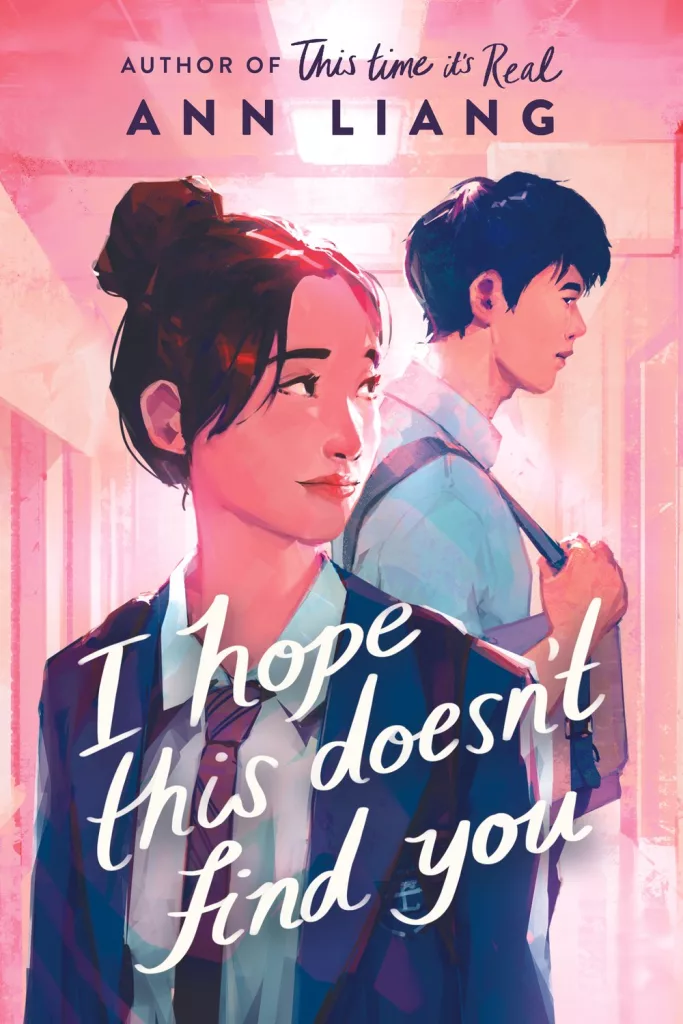
But back to I Hope This Doesn’t Find You and Sadie Wen’s worst fear. From the moment her rivals-to-lovers romcom was officially announced, Liang summed up the novel with a compelling hook: “basically To All the Boys if Lara Jean wrote hate emails instead of love letters,” she wrote in the caption of her cover reveal post.
The 23-year-old author chose email as the channel for Sadie’s growing anger for a reason. Liang noted that she found this format “really interesting,” because when we send emails, “We always have to be very polished and professional…you’re meant to hold back in your emails.” She added, underscoring how “you’re not supposed to actually write exactly what you’re thinking.”
For a soft-spoken perfectionist and a mild-tempered people pleaser like Sadie, letting out her true feelings in her email drafts contrasts with the more formal tone and careful use of exclamation points found in her everyday school correspondence. Sadie’s email drafts are a place where she can release all of her frustrations without having to confront the actual person — and potentially ruin her “perfect student” reputation.
Yet, there’s a calculated reason behind why these drafts, which are full of rage and grammatical errors, get sent out in Liang’s story. “I think it’s something that maybe I do in all my stories where I come up with the character, and then I’m thinking about ‘What is their worst fear?’” Liang explained. “Then I make that worst fear come true. And I force them to deal with it.”
Sadie’s worst fear? Having all of her imperfections, all of her vulnerability and failures on display for everyone to see. Ann and I try our best to talk about Sadie’s failures while our mutual crummy WiFis drop and reconnect throughout the video call. Despite this struggle, we laugh a lot, particularly when Ann joked, “Maybe both of our WiFi[s] [are] just like, failing together.”
But just as we soldiered on through our failing WiFis, Sadie eventually discovers that making mistakes and failing does not mean the end of the world. In fact, with the help of some good friends and, surprisingly, her academic rival, she learns being open with her emotions can bring so much more into her life.
Sadie vs. Julius / Julius vs. Sadie
Some words to describe Sadie Wen: people pleaser, perfectionist, soft spoken, has a “reputation for being very nice and friendly,” mild tempered. She also has a knack for hiding her true feelings (including her burning hatred/frustration/rivalry with her co-captain Julius Gong), and “secretly” has anger issues, according to Liang.
Sadie is the kind of person who stops a teacher in the hallway to let them know the textbook answer is incorrect. On an extra credit question. When this moment in I Hope This Doesn’t Find You came up in our conversation, Liang noted that she needed Sadie to be out of the classroom for this scene. But an important question arose: “Why would she go out of the classroom? What could possibly motivate her?” The answer? Sadie desperately needed to confirm that she was right and the textbook was wrong.
Meanwhile, Sadie’s rival Julius Gong has some other choice words to describe her. Particularly: fake, not brave, and obsessed with him.
On the other hand, there are many words to describe Julius Gong: extremely straightforward, could be considered rude or harsh, and definitely intimidating. Liang added, “He doesn’t care that much about whether other people like him” because there are only “a few select people that he pays attention to,” including Sadie.
Speaking of Sadie, she has some words to capture her rival in a nutshell: co-captain (something Sadie says through gritted teeth), the “most prominent source of pain in [her] life,” self-obsessed, and vain to a fault.
In order to write a successful rivals-to-lovers dynamic, Liang started from the ground up. First, she “need[ed] to think about the ways that [Sadie and Julius] complement each other.” From there, she considered “how to create that chemistry between them.” So for Liang, the love interest’s personality contrasts and complements the protagonist’s.
As Liang emphasized, “I want them to clash on something.” And boy do Sadie and Julius clash. In fact, they are already arguing with each other in chapter one of I Hope This Doesn’t Find You (Sadie also reveals the made-up point system she has to keep track of who wins all of their big and trivial competitions). In the end, the push-and-pull of the characters’ rivals-to-lovers dynamic adds depth to the “I find you attractive, but I’m still going to beat you” tension.
@annliangauthor one of my fav dynamics hehe (📚: I HOPE THIS DOESN’T FIND YOU) #ihopethisdoesntfindyou #booktok #romancebooks #academicrivals ♬ original sound – jordan ʚɞ
From Rivals to Lovers
Unsurprisingly, Liang very much so enjoys this academic rivals-to-lovers dynamic. “It’s a trope that I love writing and that I also love reading,” she said as the morning hours slipped into the afternoon. (Liang has made many a TikTok about this dynamic.) There’s just something about the perfect mixture of obsession, intimidation, and the deeply-rooted respect for that person you see as your equal.
Liang also pointed out that fear exists in the mix too, because what if you grow feelings for that rival? What if those feelings “overwhelm your logic, the rational side of you, especially when academic rivals-to-lovers [are] meant to pride themselves on their intellect and on their logic,” mused Liang. In the end, a rivals-to-lovers romance is an emotional journey, one that is full of laughter, scary feelings, and feet-kicking moments of cuteness.
“I love the tension. I love the fact that it’s always built on respect and admiration for each other,” Liang concluded.
However, the author revealed an important part of how she develops these relationships. While Sadie and Julius’ rivals-to-lovers journey is overflowing with emotions — both expressed and hidden — Liang “rarely map[s] out the emotional beats.” Her reasoning? “I kind of like to discover [these emotional beats] and discover the character while I’m writing.”
She continued, diving deeper into her writing process for I Hope This Doesn’t Find You, “I feel like you understand the character through how they interact with other characters, like through their relationships, through their dialogue, through what other people are saying about them, their background, their environment.” These parts of a character sometimes appear when you just start writing, Liang noted. She added, “I couldn’t have mapped [all of these things] out perfectly before I had the story written.” Instead, Liang allows herself to “get emotional with the character.”
When we talked about emotional beats, Liang pointed to the party clean-up scene as one of her favorites to write. Compared to the sharp-tongued back-and-forth of Julius and Sadie’s usual exchanges, the clean-up moment is soft. It’s “New Years Day” by Taylor Swift in a nutshell.
It takes the party-that-didn’t-go-quite-right and the quiet, somewhat lonely, clean-up afterwards for Sadie to realize something critical about her academic rival. Besides her best friend, Abigail Ong, Julius Gong is the only person who actually sees Sadie Wen.
He notices her dedication, her back-breaking hard work, her ambition. He pays attention to Sadie because she is worth paying attention to — she is his equal and a worthy opponent. Sadie and Julius may be strictly academic rivals, in their own books at least, but “he is still the person [who] will stay for her.” No matter what.
A Different Kind of Love: Sadie Wen and Abigail Ong
The romance in I Hope This Doesn’t Find You might be a major selling point, but the friendships are just as significant. Unlike when she was writing the complementary (and contrasting) relationship between her main characters, Liang prefers the opposite for the friendships she adds to her novels. As Liang said, “I love writing friendships where it’s kind of opposites attract.”
And Sadie Wen and Abigail Ong (Sadie’s best friend) are definitely “opposites.” Case in point: platinum silver-haired Abigail. When readers meet her in I Hope This Doesn’t Find You, she’s already strutting into class late. Abigail shows up when she wants and how she wants regardless of what other people think of her — the complete opposite of punctual, always-on-the-teacher’s-good-side, queen of extracurriculars Sadie. Liang added on with a laugh that Abigail is the kind of person who goes, “I did not realize the school offered extracurriculars.”
Sadie’s perfectionist people-pleaser personality doesn’t stem from a random place though. While she loves her mom and her brother, she can never forget the moment her father left them. It’s been seared into her memory, especially since Sadie believes her father abandoned them because of her. This trauma creates her “false belief about how she needs to always be good” and that “she’s to blame when things go wrong,” explained Liang.
So having a best friend like Abigail helps Sadie balance out a little bit. Liang noted that Abigail “help[s] her stay calm” when things get very overwhelming. Abigail also is someone who is “hyping [Sadie] up and who helps her feel more confident.” Sadie can be truly herself around her best friend, unlike how Sadie acts around the majority of the people in her life, including her mom.
Abigail Ong wants “Sadie to find her voice and stand up for [her]self,” Liang reflected. Seeing Sadie get beaten down because she wants to please everyone does also impact Abigail. Liang continued, adding that Sadie’s best friend just wants her to “feel comfortable” and show her “real self to the world.”
Thus, an important plot point in I Hope This Doesn’t Find You affects their friendship. However, because there is a strong foundation of trust and genuine love for each other, Sadie and Abigail are able to repair their friendship. This relationship is just as important as — if not more than — Sadie’s rivalry/romance with Julius.
And like Liang emphasized, “I wanted Sadie to be in the position of someone who gets mad because her whole belief system is constructed around this idea that if someone is mad at you, then they no longer want you in their life.” But luckily, Sadie comes to understand that this is simply not true.
Bet On Ann Liang and Her Voice
When we chat about I Hope This Doesn’t Find You, it’s been almost two years since Liang’s debut novel, If You Could See The Sun, came out. In this span of time, Liang probably has received — and sent — many, many emails.
Not only did I Hope This Doesn’t Find You just enter the world, but Liang has her adult debut coming this year, too. A historical fantasy novel inspired by the legend of Xishi, A Song To Drown Rivers will be published on October 1.
The next two years also will be busy with more Liang-authored books: I Am Not Jessica Chen, a young adult speculative dark academic novel, is slated for publication in 2025. I Could Give You the Moon, a spin-off novel that follows Chanel Cao from If You Could See the Sun, will be released in 2026.
Despite being excited about writing and publishing so many books, Liang admitted that it’s tricky to balance it all. With a laugh, she joked, half-serious and half-not, “The answer is just don’t do it.” To say the least, “It’s been a learning process both as an author and just as a person in general” for Liang.
She further mused on the happenings over the past few years, including about her writing. “I feel like my relationship with the writing itself hasn’t changed that much.” Liang continued to reflect, saying, “I still get really excited at the idea of writing more stories and even when something bad happens in my life or in publishing, my way of processing is still through writing.”
While these two years have been full of challenges (and a lot of emails), Liang also has had many moments of joy and affirmation. “It’s almost kind of proven to me that this is something that I really want to continue doing,” she said.
I Hope This Doesn’t Find You now is available wherever books are found. Follow Ann Liang on Instagram, TikTok, and X to keep up with the latest news about her books.
Want to read more about Gen Z authors? Check out EnVi’s interview with bestselling author Chloe Gong here!
